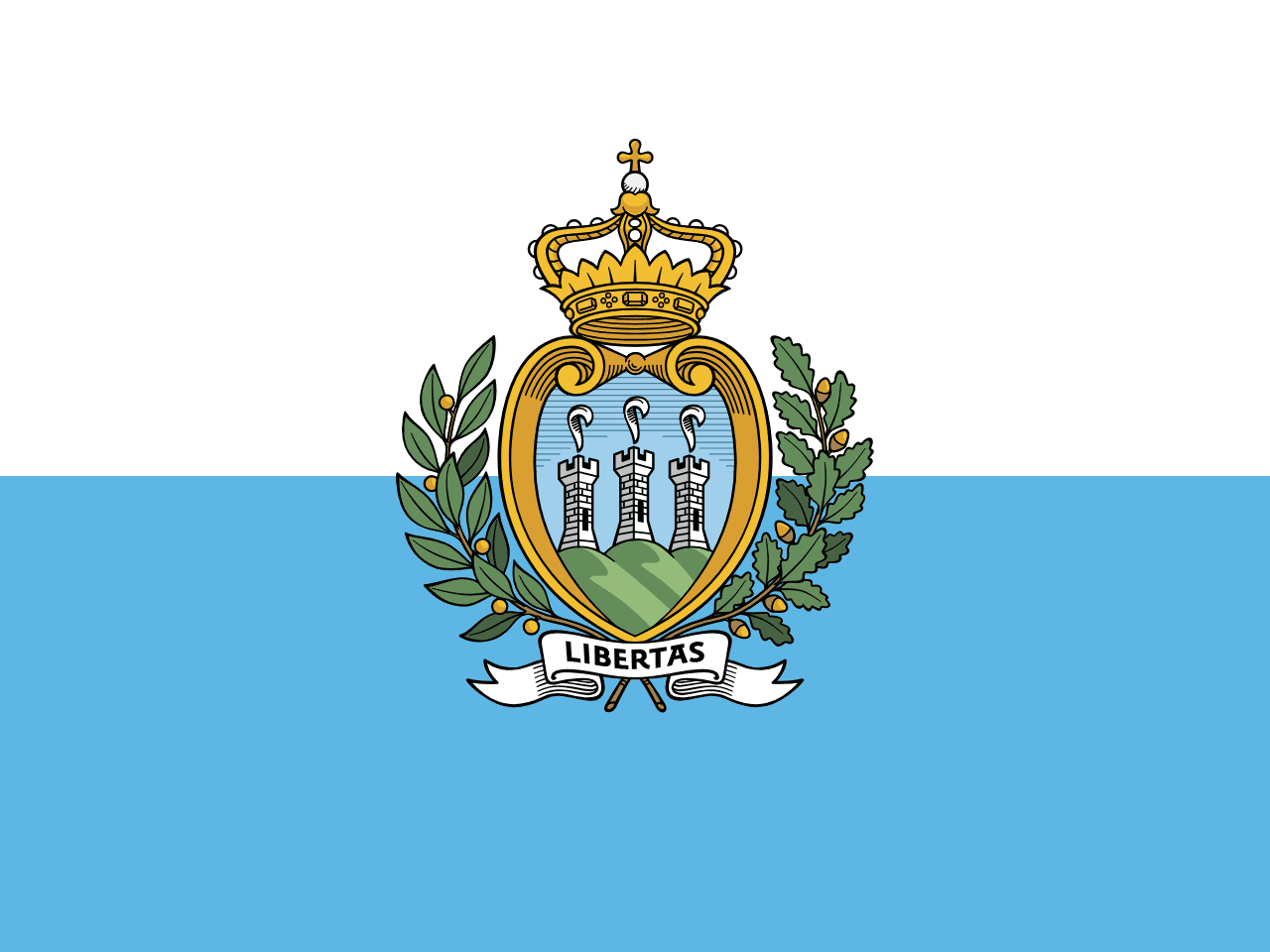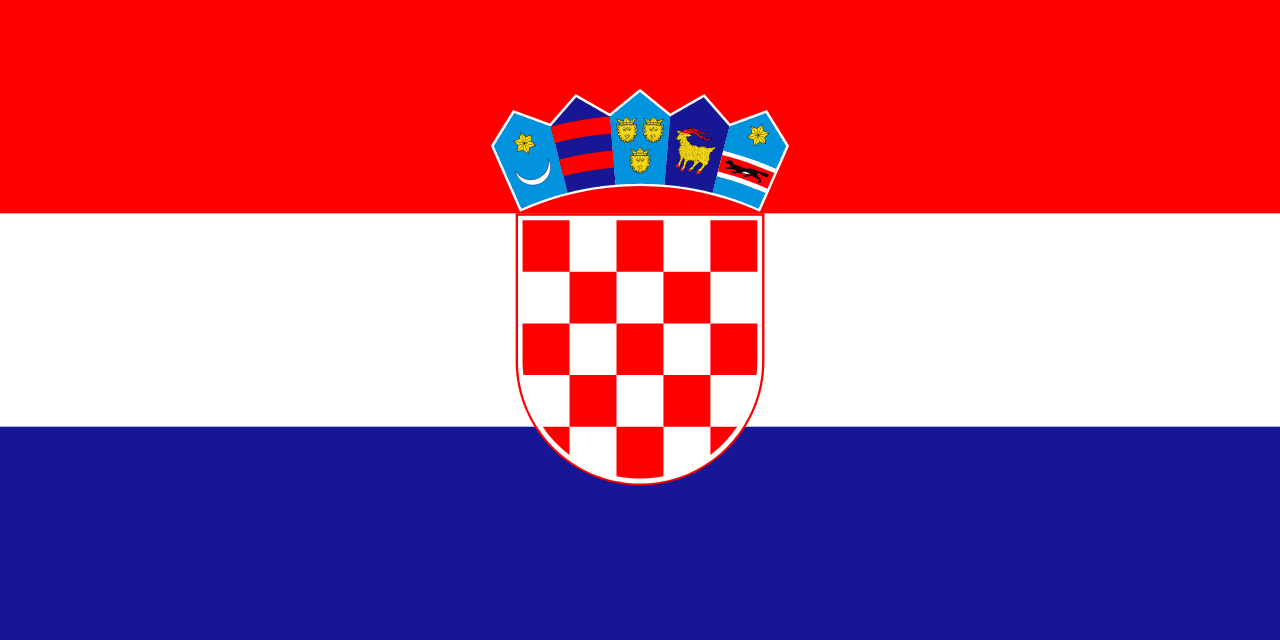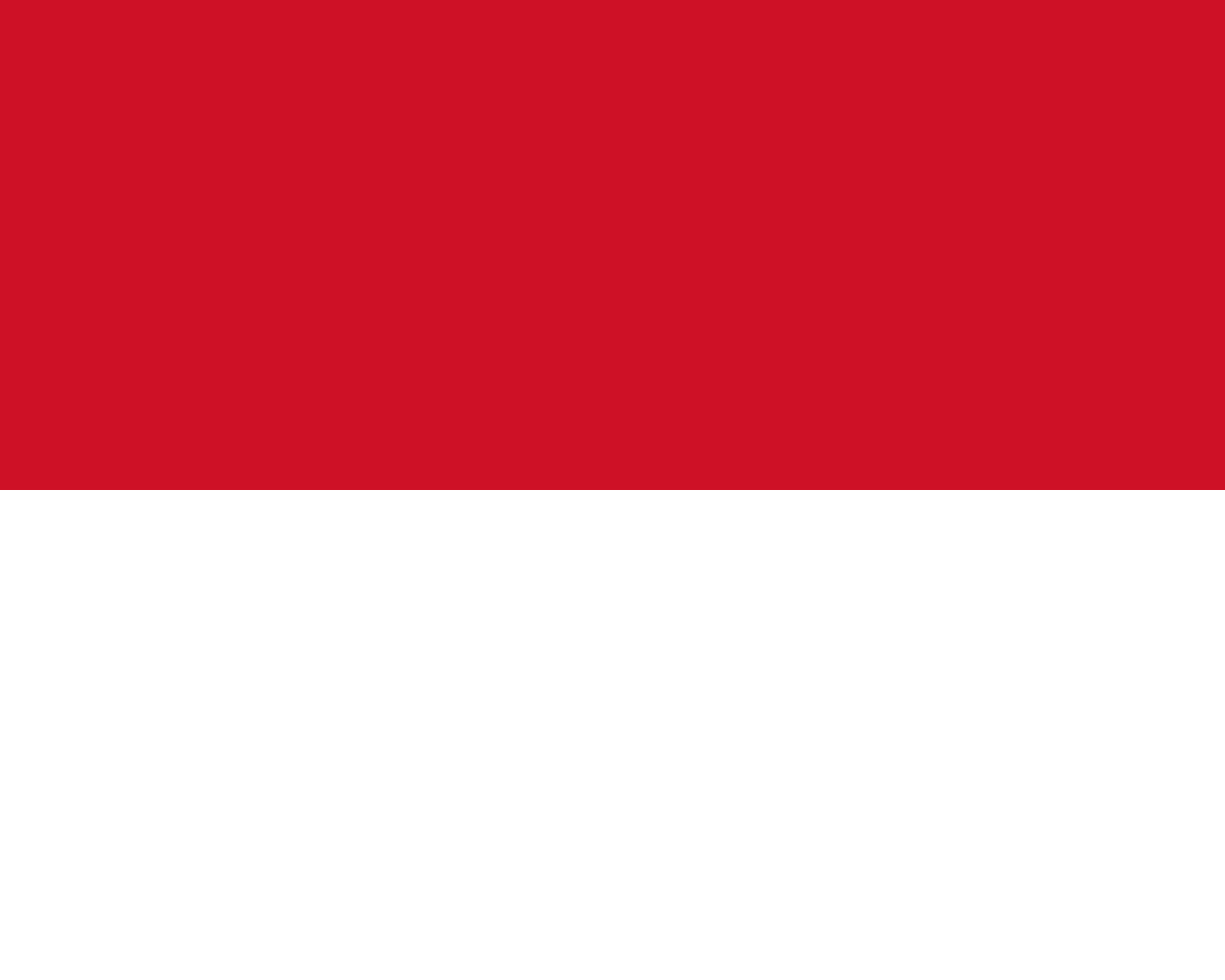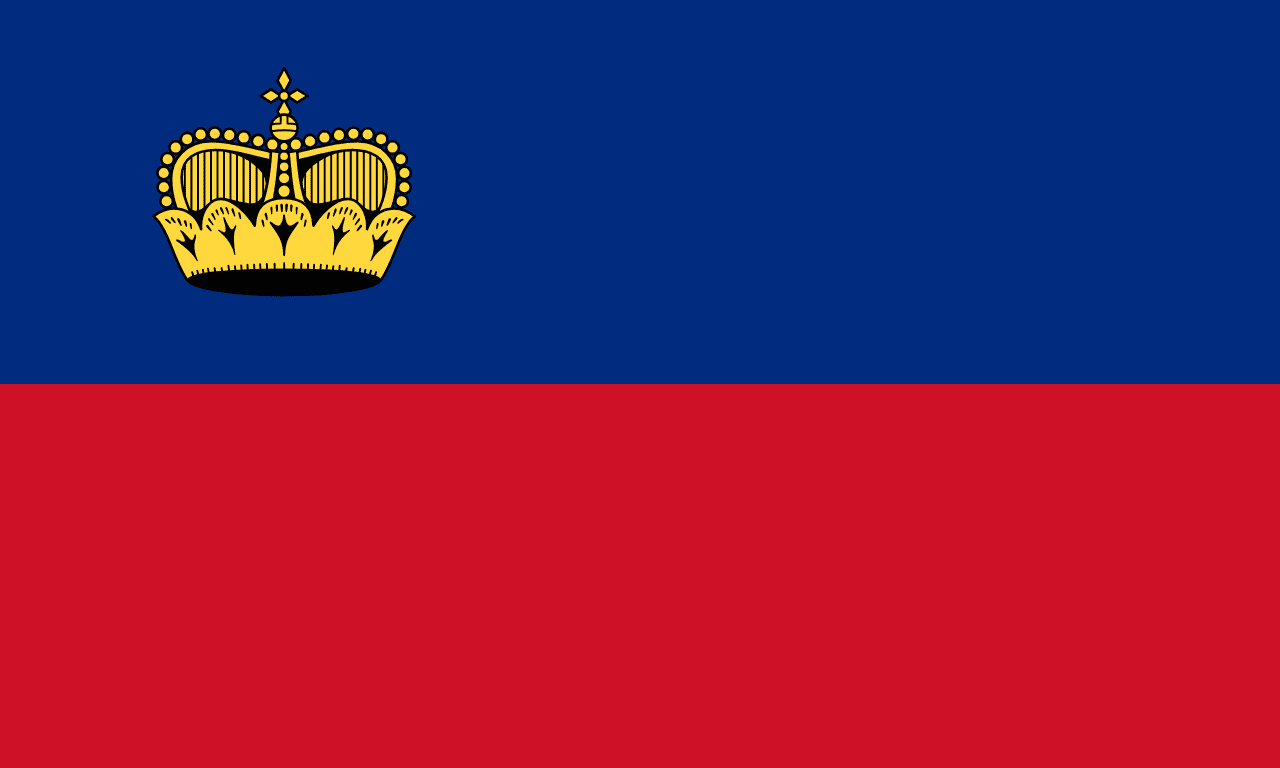San Marino Flag Meaning
White and light blue horizontal bicolor with coat of arms featuring three towers representing the ancient fortress republic on Mount Titano.
- Continent
- Europe
- Adopted
- 1862
- Ratio
- 3:4
- Colors
- white, blue

Symbolism
White Stripe: Represents peace, the snow-capped peaks of the Apennine Mountains, and the pure intentions of the world's oldest republic in maintaining its independence.
Light Blue Stripe: Symbolizes the sky above Mount Titano, liberty, and the serene atmosphere of this peaceful microstate nestled in the Italian peninsula.
Three Towers (Tre Torri): The coat of arms features the three towers of San Marino: Guaita, Cesta, and Montale, representing the three peaks of Mount Titano and the strength of the republic's defenses.
Crown Above Towers: Represents the sovereignty of the republic and its status as an independent nation, despite being completely surrounded by Italy.
Motto 'LIBERTAS': Latin for 'Liberty,' reflecting San Marino's 1,700-year commitment to freedom, republican government, and resistance to conquest by larger powers.
History
- 301 AD: According to tradition, Saint Marinus founded the republic on Mount Titano to escape religious persecution, establishing one of the world's first Christian communities.
- 1600: San Marino's constitution was written, creating the oldest written constitution still in force today and establishing the unique system of dual heads of state.
- 1797: Napoleon Bonaparte recognized San Marino's independence and offered to expand its territory, but the republic politely declined, preferring to remain small and peaceful.
- 1862: Current flag design officially adopted, formalizing the white and blue colors that had been used informally for centuries by the ancient republic.
- 1861-1944: San Marino maintained strict neutrality through both World Wars, providing refuge to over 100,000 people during WWII despite its tiny size.
- 1988: San Marino joined the Council of Europe, beginning deeper integration with European institutions while maintaining its unique sovereignty.
Trivia
- San Marino is the world's oldest surviving sovereign state and constitutional republic, predating most modern nations by over 1,600 years.
- With only 61 square kilometers, San Marino is the fifth-smallest country in the world, smaller than most major city neighborhoods.
- The country has no national debt and maintains one of the world's lowest unemployment rates, with a prosperous economy based on banking, tourism, and manufacturing.
- San Marino issues its own euros and highly collectible postage stamps that are prized by collectors worldwide and provide significant revenue.
- The country has more vehicles per capita than anywhere else in the world, despite being only 13 kilometers long and 10 kilometers wide.
- San Marino's Palazzo Pubblico (government building) is one of the few places where you can watch a medieval-style changing of the guard ceremony in modern Europe.
- The republic is governed by two Captains Regent (Capitani Reggenti) who serve as joint heads of state for six-month terms, a system unchanged for centuries.
- Mount Titano and San Marino's historic center are UNESCO World Heritage Sites, recognizing the republic's unique cultural and historical significance.
- San Marino has its own Formula 1 Grand Prix (held at nearby Imola, Italy) and has produced several Olympic athletes despite its tiny population of 34,000.
- The country maintains its own military force, the Guard of the Rock, though it consists of only about 80 ceremonial guards and police officers.
- San Marino was one of the first countries to abolish the death penalty (1865) and grant women the right to vote (1958), showing progressive values despite its ancient traditions.
- The three towers on the flag and coat of arms can actually be visited today - they remain important fortifications and tourist attractions on Mount Titano.
- San Marino has never been conquered by force and has maintained its independence through diplomacy, neutrality, and the natural fortress of its mountain location.
Related Countries

Italy
Europe
Three equal vertical stripes of green, white, and red, known as 'Il Tricolore,' representing the Italian Republic and embodying the values of hope, faith, and charity that unite the Italian peninsula.

Croatia
Europe
Three horizontal stripes of red, white, and blue with the Croatian coat of arms centered on the white stripe, featuring the distinctive red and white checkerboard pattern and five historical shields representing the regions of Croatia.

Slovenia
Europe
A horizontal tricolor of white, blue, and red with the Slovenian coat of arms placed toward the hoist in the upper stripe. The coat of arms features Mount Triglav, Slovenia’s highest peak, three six-pointed golden stars, and wavy blue lines representing rivers and the Adriatic Sea.

Monaco
Europe
Two horizontal stripes of red and white derived from the heraldic colors of the House of Grimaldi, representing one of the world's smallest sovereign states and oldest ruling dynasties.

Liechtenstein
Europe
Two horizontal stripes of blue and red with a golden crown in the upper left corner, representing this Alpine principality that is one of the world's smallest and wealthiest nations.

Austria
Europe
Three horizontal stripes of red, white, and red, representing one of the world's oldest national flag designs, allegedly inspired by Duke Leopold V's blood-stained white surcoat after the Battle of Acre in 1191, and symbolizing the courage, honesty, and strength of the Austrian people.